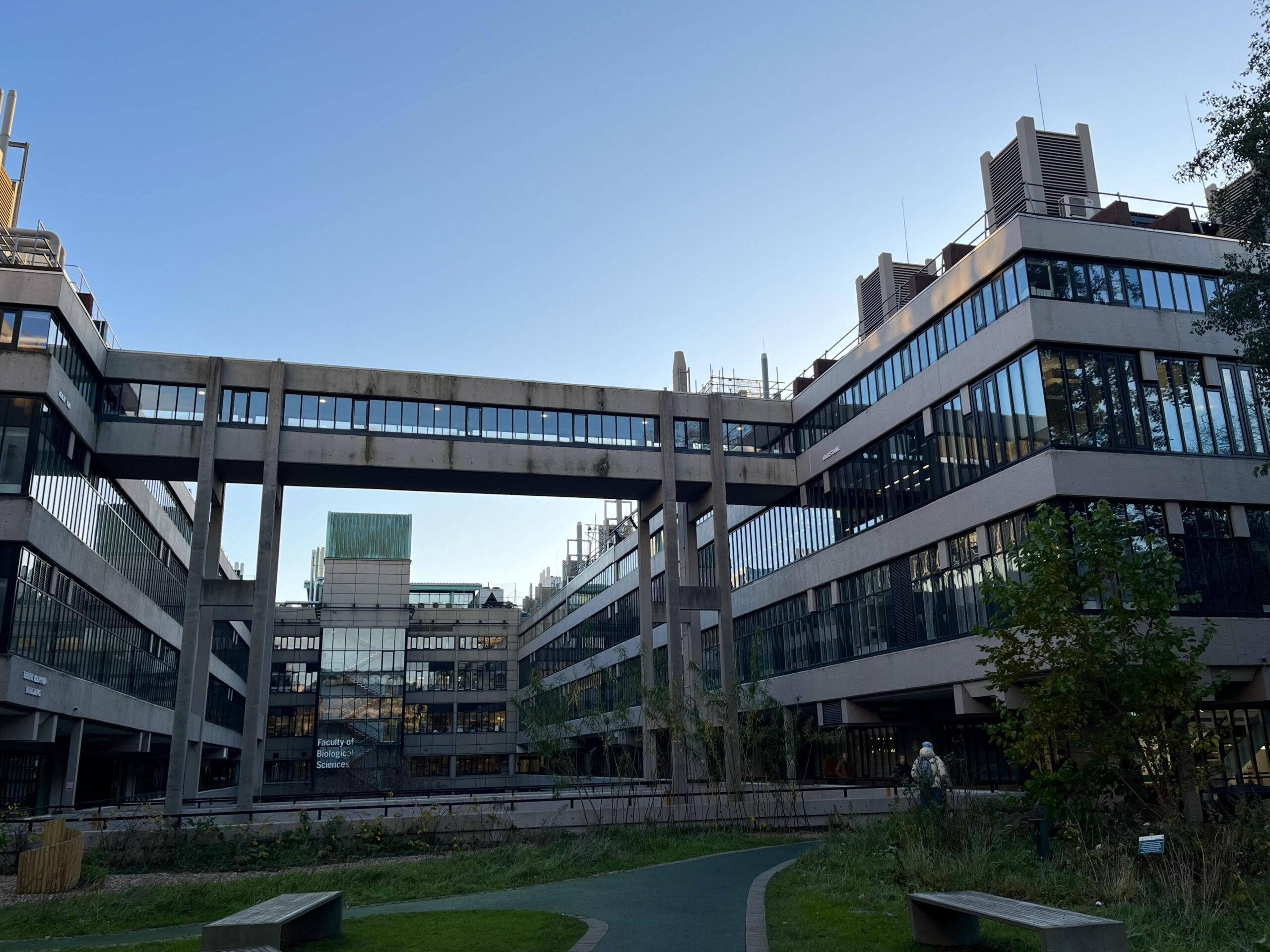Leeds University’s Net Zero Delivery Plan revealed

Leeds University has launched its Delivery Plan, unveiling how it intends to achieve Net Zero by 2030.
Four initial projects have been outlined: investing in renewable energy, upgrading the Worsley Building, installing a contained energy centre to provide low-carbon heating, and securing an increase in electrical supply across campus.
These changes to campus infrastructure and attempts to cut emissions bring the University one step closer to their net zero greenhouse gas 2030 target (one of their seven principle promises made in their 2021 climate plan).
On Monday 4th December, students have been invited to learn more in Esther Simpson (room 1.01) from 4:30-5:40pm.
Professionals including Ann Allen, Director of Campus Innovation and Development, and Professor Fleur Loveridge, expert on the practicalities of geothermal engineering, will be speaking followed by a Q&A. Refreshments will be provided and there is an option to join via Microsoft Teams.
Renewable energy
The focus is not only on a reduction of energy use, but also a switch to renewable sources.
Instead of switching to a renewable tariff, where the amount of energy bought is ‘matched’ with renewable energy, the University has decided to commit to off-site renewable energy generation projects. This will distribute electricity into the national grid instead. They state that this will initially match current electricity usage on campus, ‘saving nearly 2,000 tonnes of CO2e each year’.

New systems for the Worsley Building
Second on the agenda is the installation of a new heat recovery system and solar panels for the Worsley Building.
Due to the nature of medical studies, fresh air is vital to safe practices. Therefore, a heat recovery ventilation system is ideal as it provides fresh air to buildings whilst minimising heat loss. This system is predicted to save over 1,000 tonnes of CO2e annually.
Solar panels are also scheduled to be added. These will support high energy usage and replace energy from the national grid with a more sustainable source.
Establishment of another energy centre
An energy centre is to be created for buildings furthest from the university’s steam heating network. This distance means energy is lost on route. So, air source heat pumps are set to be installed. These pumps extract heat from outside air and repurpose it for indoor heating purposes.
However, the University states that these pumps cannot be introduced until GeoSolutions Leeds has completed its research on the safety of their use alongside geothermal heat. If the research supports the simultaneous use of both heating systems, then the University will use this initial energy centre to test this sustainable energy model, which could then be expanded to the rest of campus.
Increase in electrical supply
The final project outlined in the Delivery Plan is the establishment of an increased electrical supply to campus. The University aims to move their heating network away from gas and towards electricity. Increasing electrical supply will ideally deliver large scale emissions reductions.
Whilst this may appear straightforward, the University shares some heating elements with Leeds Teaching Hospitals Trust. They state that this makes the transition notably more difficult, hence a team is being devised to initiate effective coordination.
These four projects are estimated to cost £107m and are expected to reduce emission by 81% by 2030.
2025 is set to mark the beginning of the main building work for these projects.
The University has also suggested ways that students can contribute to this net zero goal, emphasising that switching off equipment, travelling sustainably, and purchasing wisely are important daily considerations.
If you’re a STEM student then an awareness of sustainable lab practises are crucial. You may also be interested in contributing to research to achieve net zero through the University’s Living Lab programme. It is this programme that is currently working alongside GeoSolutions Leeds to investigate the potential use of air source heat pumps.
For more information on Leeds University’s Climate Plan, including predicted statistics, see the links below:
